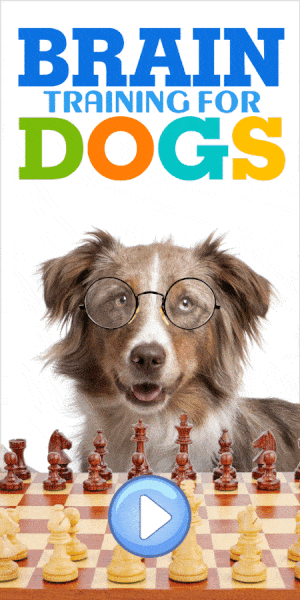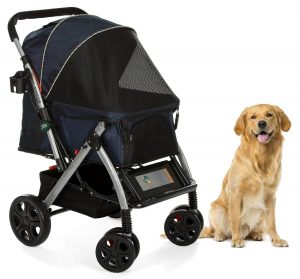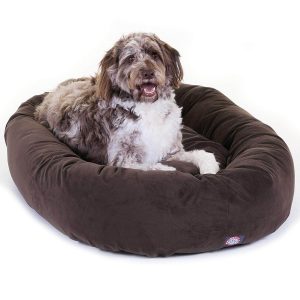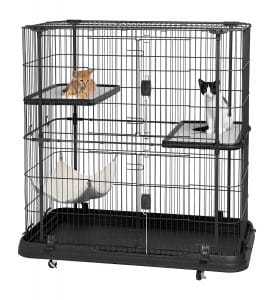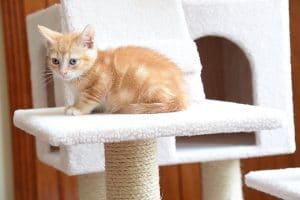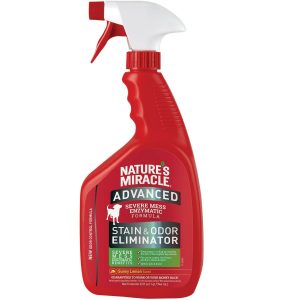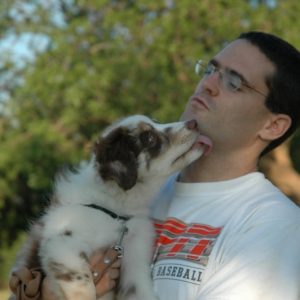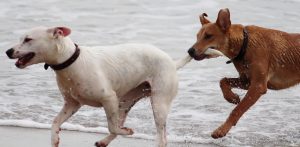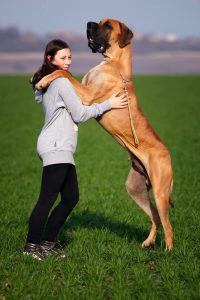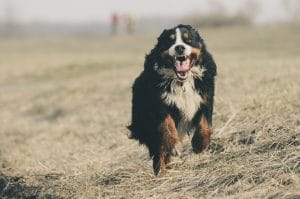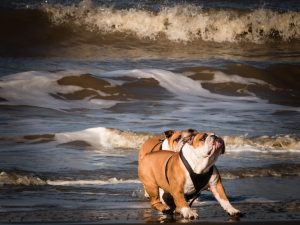
You would be wise to tire your puppy before you have to leave her alone for an extended period of time. If you do that, there is a good chance that your puppy will end up sleeping most of her time alone. The types of exercises and games should be right for your puppy’s age and size. Avoid playing aggressive games with your puppy and avoid exercises in which the puppy needs to do much jumping up and down until the growth plates at the end of her bones close. Consult your veterinarian about specific exercises that are safe for your individual puppy.
Games can teach your dog to control is behavior even when arousal is high. Your puppy may find it hard to avoid mouthing you or pulling on your jeans during a high energy game. However, if rules are taught gradually, you can use games to teach your puppy to control her mouth even during an exciting game.
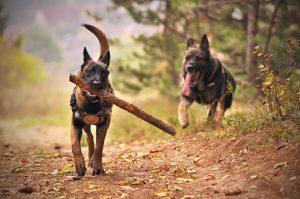
Make sure that you are always the one initiating the game and that the puppy has to ask to play nicely. This means that the puppy needs to sit before you throw a ball, or before a game of tug begins. We do not want a puppy that jumps on people and strangers when she sees that they have an object she would like to tug on.
Tug-a-War:
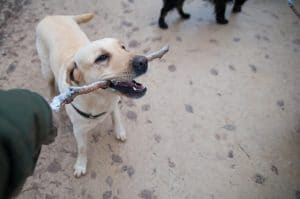
There are strict rules that should be followed while playing the game:
- The dog takes the rope only after receiving the cue “take it”.
- The dog always releases the rope after receiving the cue “leave it”.
- The dog never initiates the game. Only the person initiates the game
- The dog must do something for the game to begin – a nice sit for example.
- If the dog’s teeth touch the person’s hand – the game abruptly stops for 30 seconds
- If the dog’s teeth touch the person’s hand 3 times in one session – the game ends for several hours.
- The dog never “wins” the game – she always releases the rope after the cue “leave it”
- Never allow little kids to play this game with a dog unless it is strictly supervised by the parents.
Step by Step:
- Prepare a tug rope and a bag of tasty treats.
- Start by teaching the cues “take it” and “leave it”:
- Hold the rope in front of your dog. Say “take it” and present the rope. If the dog does not take the rope try to tempt her by moving it around.
- Let the dog hold the rope for 2-3 seconds.
- Say “leave it” and show the dog a treat (put the treat close to the dog’s nose). When the dog leaves the rope give her the treat.
- Repeat several times until you see the dog is getting the idea.
- Now, say “take it” let the dog hold the rope and say “leave it” without showing the treat.
- When the dog leaves the rope, treat generously.
- Repeat several times.
- The game itself:
- Ask the dog to sit and when she does, say “take it” and let her grab the rope.
- Start pulling the rope and playing tug. Play gently at the beginning and only for a few seconds.
- Say “leave it” and stop moving the rope. When the dog leaves the rope, give a treat, ask the dog to sit and start the game again.
- Gradually, increase the duration and intensity of the game.
- If your dog does not leave the rope when told to, you are probably increasing the duration and the intensity of the game too fast. Return to gentler and shorter games.
- If your dog’s mouth hits your hand, yell “ouch” loudly” take the rope and leave the room for 30 seconds. When you get back, start the game from the beginning.
- After the 3rd time your dog’s mouth hits your hand, yell “ouch” and, put the rope away and stop the game for several hours.
- All adults in the household should play the game. Kids can participate only under strict parental supervision and only after the dog is already very experienced in the game. When in doubt – do not let kids play this game with your dog.
General tip: after you say “leave it” attach the rope to your hip and stop pulling. As long as you are pulling and moving the rope the game is still fun. After the cue “leave it” the rope is “dead” and does not move.

